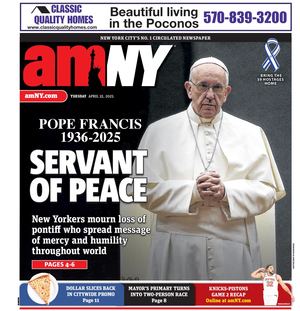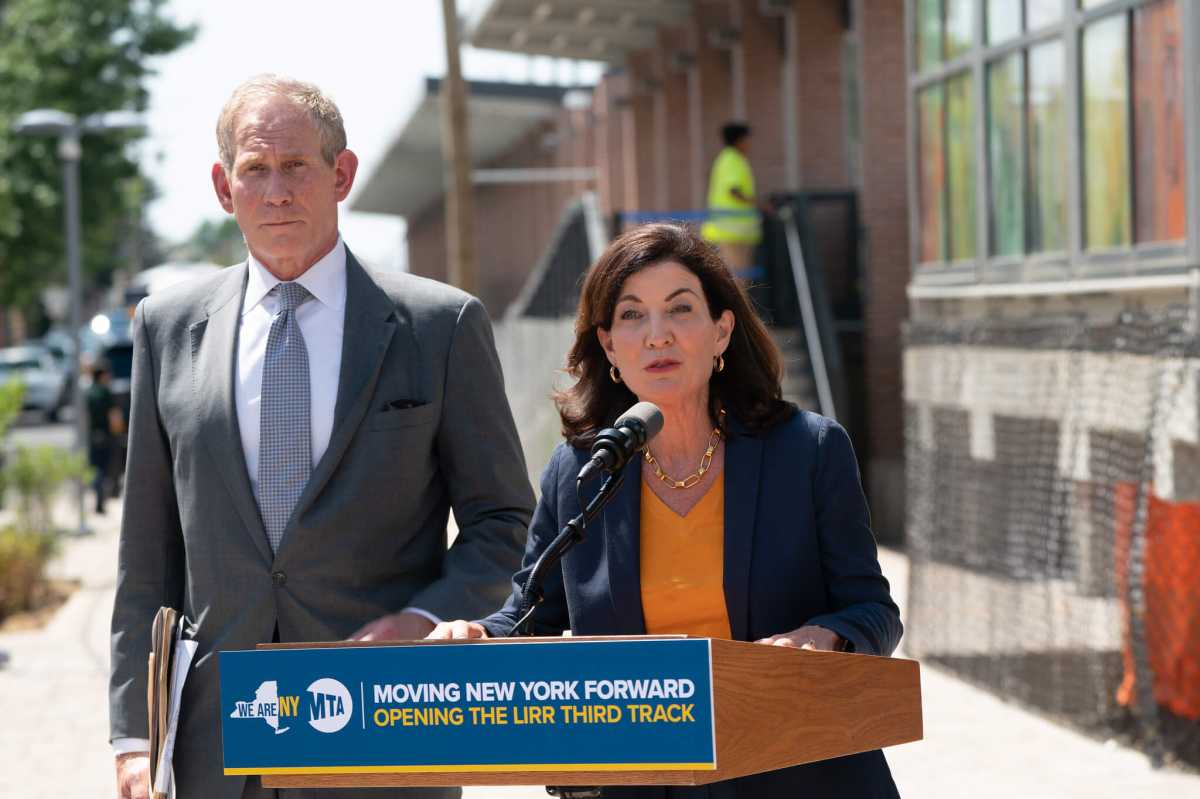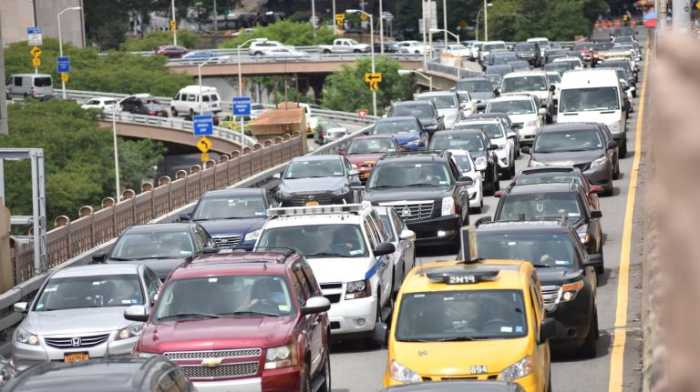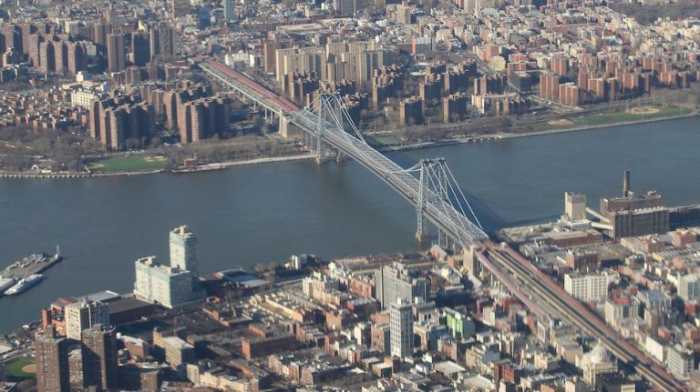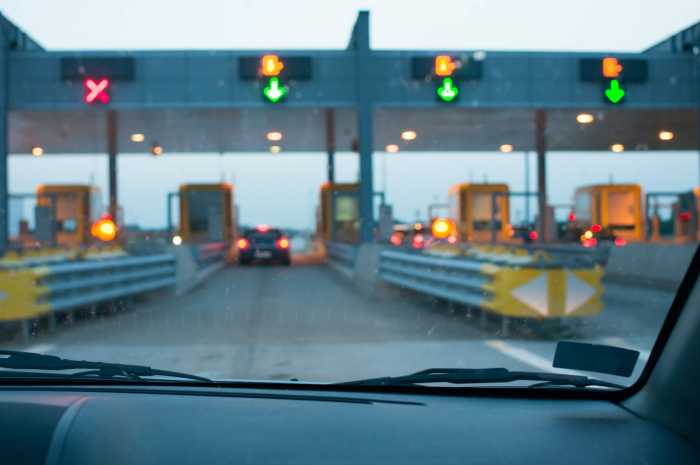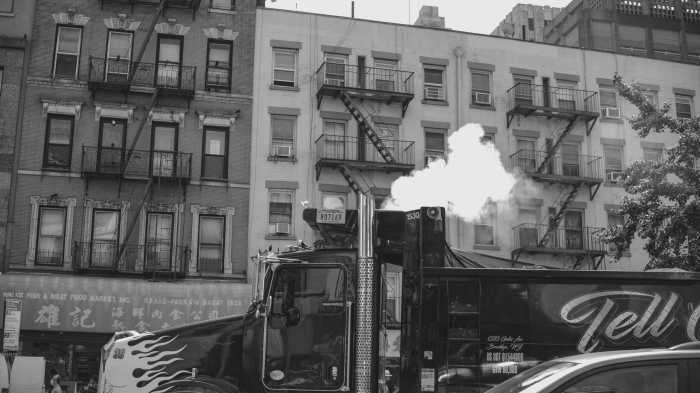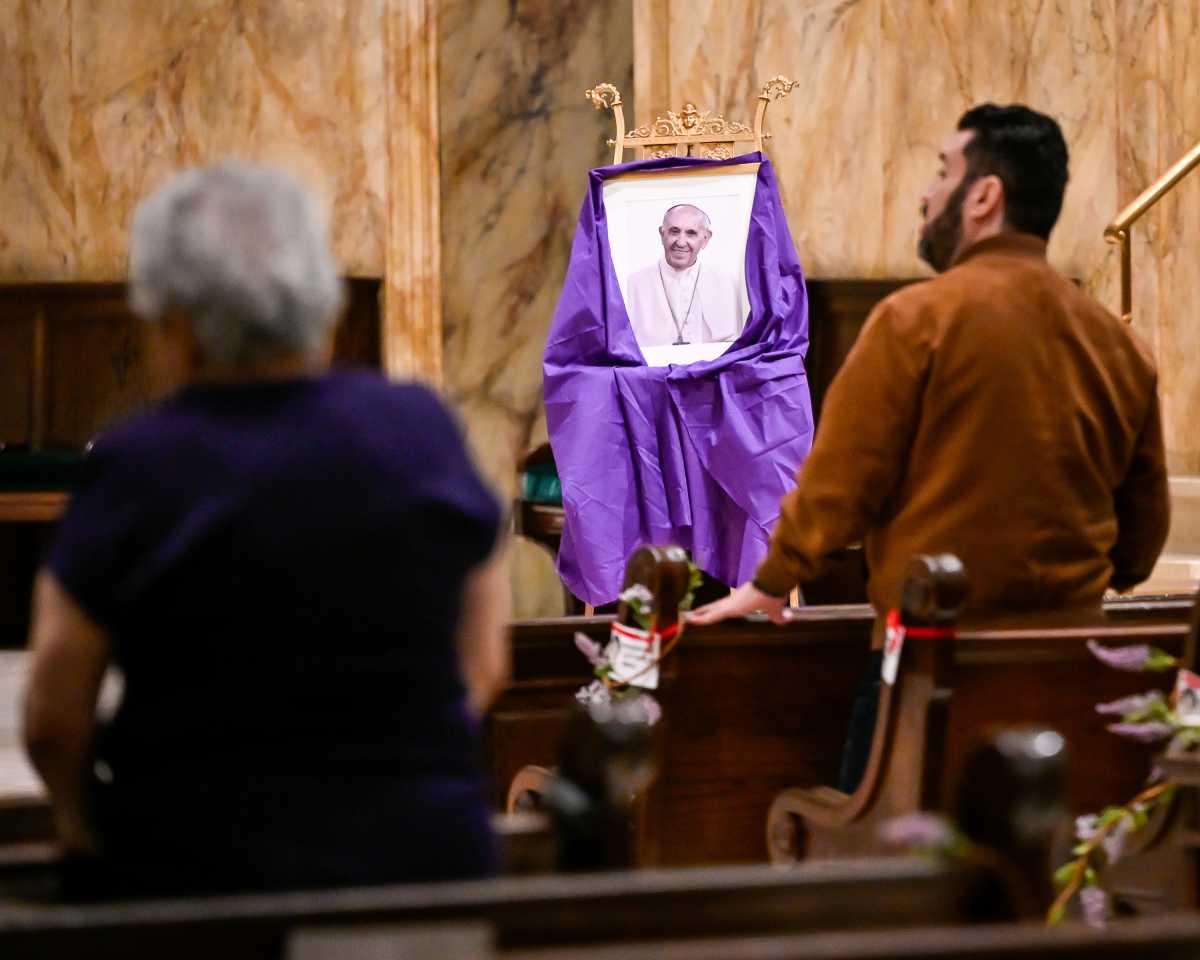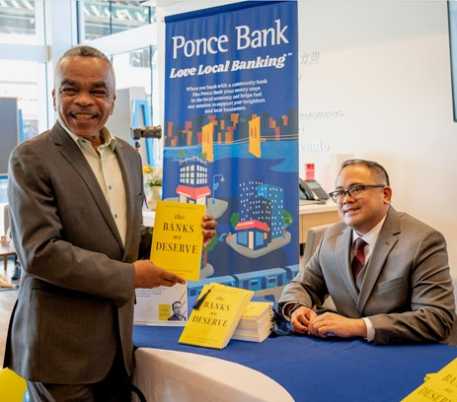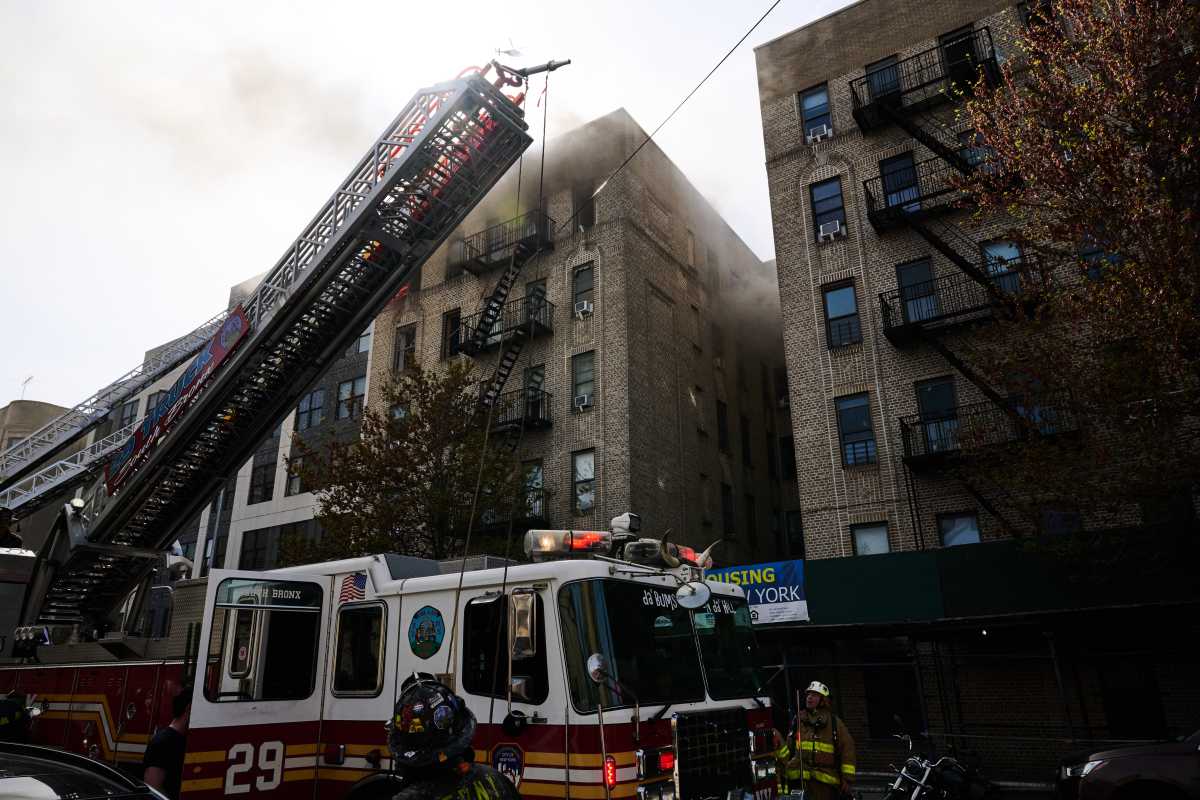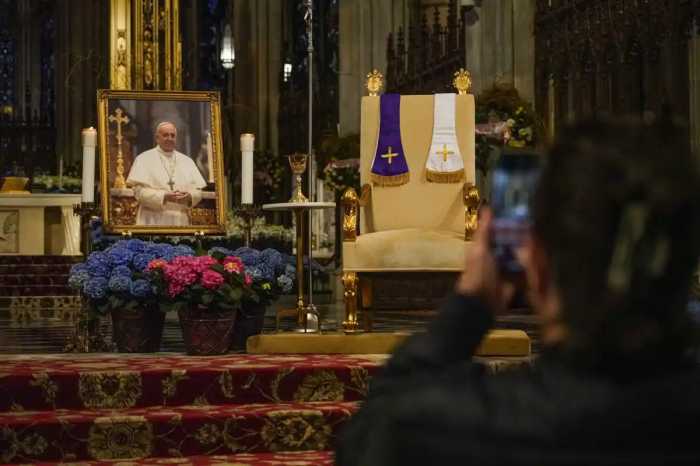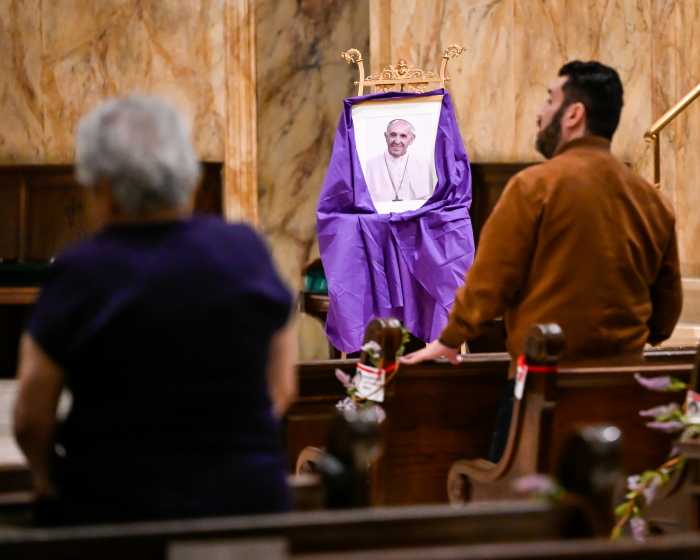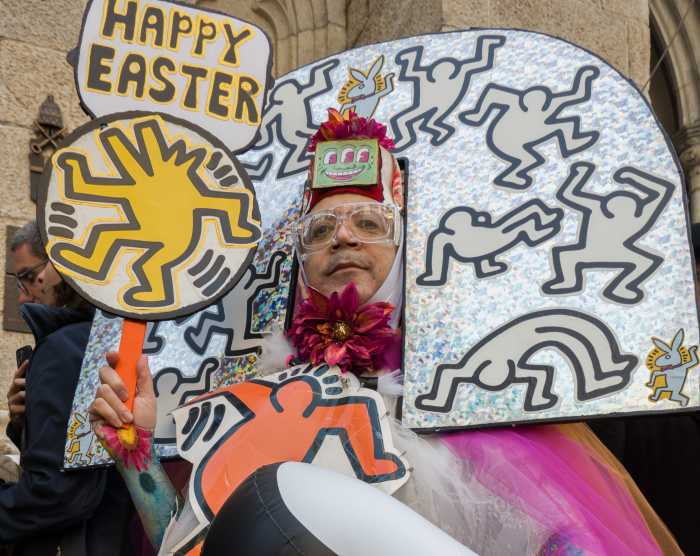Governor Kathy Hochul stuck by her congestion pricing plan Monday, saying the long-delayed toll to drive into Manhattan’s central business district was crucial to cutting car traffic and combating climate change.
“No I’m not,” Hochul said when asked by a reporter if she will reconsider the charge, at an unrelated press conference on Long Island Aug. 15.
“We’re the first generation to really see the impacts [of climate change], we’re the last generation that can really do something about it — this is what we’re doing about it” the governor added.
Hochul boosted the fee for motorists entering Manhattan below 61st Street as a way to fund upgrades to the Metropolitan Transportation Authority’s aging mass transit system and get commuters out of cars.
“Congestion pricing is one tool, enhancing our infrastructure to give people a better experience and say, ‘Leave your vehicles home, you can get to work safely,’ protecting the environment in the meantime,” she said.
Hochul noted how extreme storms wreaked havoc on New York City last summer, such as Hurricane Ida, which drowned 13 people in floods and inundated the subway system.
“We had more hurricanes here than Florida did last year — that’s what we’re dealing with today,” she said.
Earlier in the day opponents on both sides of the political aisle and the New York-New Jersey border rallied against the fee.
Frequent critics of congestion pricing Reps. Josh Gottheimer (D–New Jersey) and Nicole Malliotakis (R–Staten Island) called it as a “cash-grab” and announced they plan to introduce a bill in Congress requiring the U.S. Department of Transportation’s Inspector General to audit the MTA’s spending of $15 billion in federal COVID relief.
But the Empire State’s chief executive said she was not going to give in to the naysayers and reverse course after years of delays.
“These voices, we’ve analyzed their concerns, but also, we’re not going backwards,” Hochul said.
The MTA last week published a lengthy and long-awaited environmental review with a list of possible tolling scenarios, ranging from $9-$23 depending on the exemptions and discounts.
The program is required to bring in $1 billion in revenue a year for the MTA, against which the Authority can borrow $15 billion to fund much-needed upgrades, like subway signal modernization, accessibility, and an extension of the Second Avenue Subway.
Between 15-20% fewer vehicles would enter the congestion zone under the plans, decreasing daily worker car trips by between 12,571–27,471, according to estimates in the recently-released study.
The charges will likely cause drivers to divert onto other roadways to avoid the toll, like the Cross Bronx Expressway, which prompted concern by local Congress Member Ritchie Torres that hundreds of new truckers a day would further pollute the borough’s air.
Hochul and MTA chief Janno Lieber assured that transit leaders would take those damaging effects into consideration as officials come up with a toll that is set to kick in by early 2024.
Hochul’s predecessor, Governor Andrew Cuomo, signed congestion pricing into law in 2019, but it was delayed for years amid the COVID-19 pandemic and New York politicians accused former President Donald Trump of hitting the breaks on the project.
The program faced further setbacks when the federal government made the MTA answer more than 400 detailed questions and comments as part of the environmental study.
Hochul a few months ago appeared more ambivalent about congestion pricing, saying during a gubernatorial debate ahead of the June primary that “now is not the right time” to implement the charge, before shifting gears and reaffirming her support for the program.
